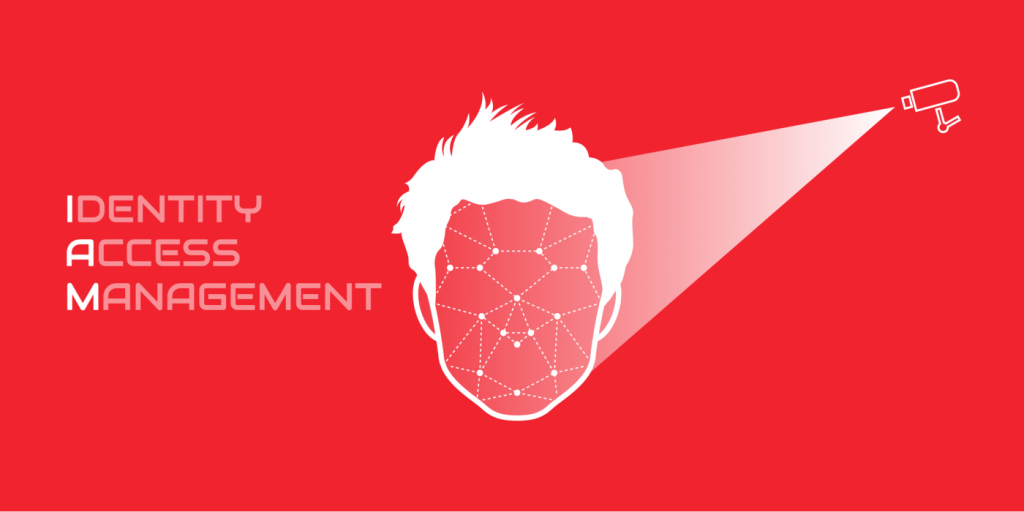4 arguments to schedule IAM spendings on 2020
IAM (Identity and Access Management) is the process maintained by businesses and organizations to provide or limit their employees and users with access to secure systems.
IAM includes identity and security applications, protocols, procedures, and policies. Performing as a united system all these components are supposed to protect a company’s data, reduce the IT staff’s workload and increase productivity.

Preventing cyber threats is easier and cheaper than dealing with its consequences
Generally, there are three reasons companies think of IAM implementation:
- they are aware of persistent threats;
- they don’t know how to manage imminent risks;
- their existing solution is on the verge of failure.
Regardless of the reasons that emerged on the need to implement IAM, there are 4 potent arguments to do it as soon as possible.
Competent risks management
Data breaches damage reputation and cost companies a pretty penny. Avoiding potential malicious or negligent acts is one of the most important functions of identity management solutions.
Reduced internal threats
Managing access levels protects sensitive business data. You only have to limit employees’ access to privileged information through identity management to reduce risks of intentional or collateral data leaks.
Increased efficiency
Simplifying identification and authentication processes along with enhancing security is the way to improve productivity. It is better to avoid complex authentication processes or passwords & access recovery to save time and resources.
Positive impact on existing cybersecurity architecture
Security ecosystems integrating the most comprehensive and up-to-date tools are much more efficient. Using outdated tools means compromising safety and an awful waste of a company’s finances.
Spending money on the whole security architecture is pointless if certain elements do not work properly.
And last but not least. Your IAM strategy needs to be evolved along with your company’s evolving.
Make an IAM roadmap while expanding your business on external markets. Update the IAM strategy along with changing the company’s needs, priorities and goals.
And do not presume that once adopted IAM strategy will maintain its full effectiveness forever. Be kept in the cybersecurity loop to respond to an emerging threat timely and lossless.